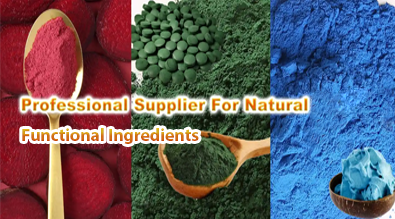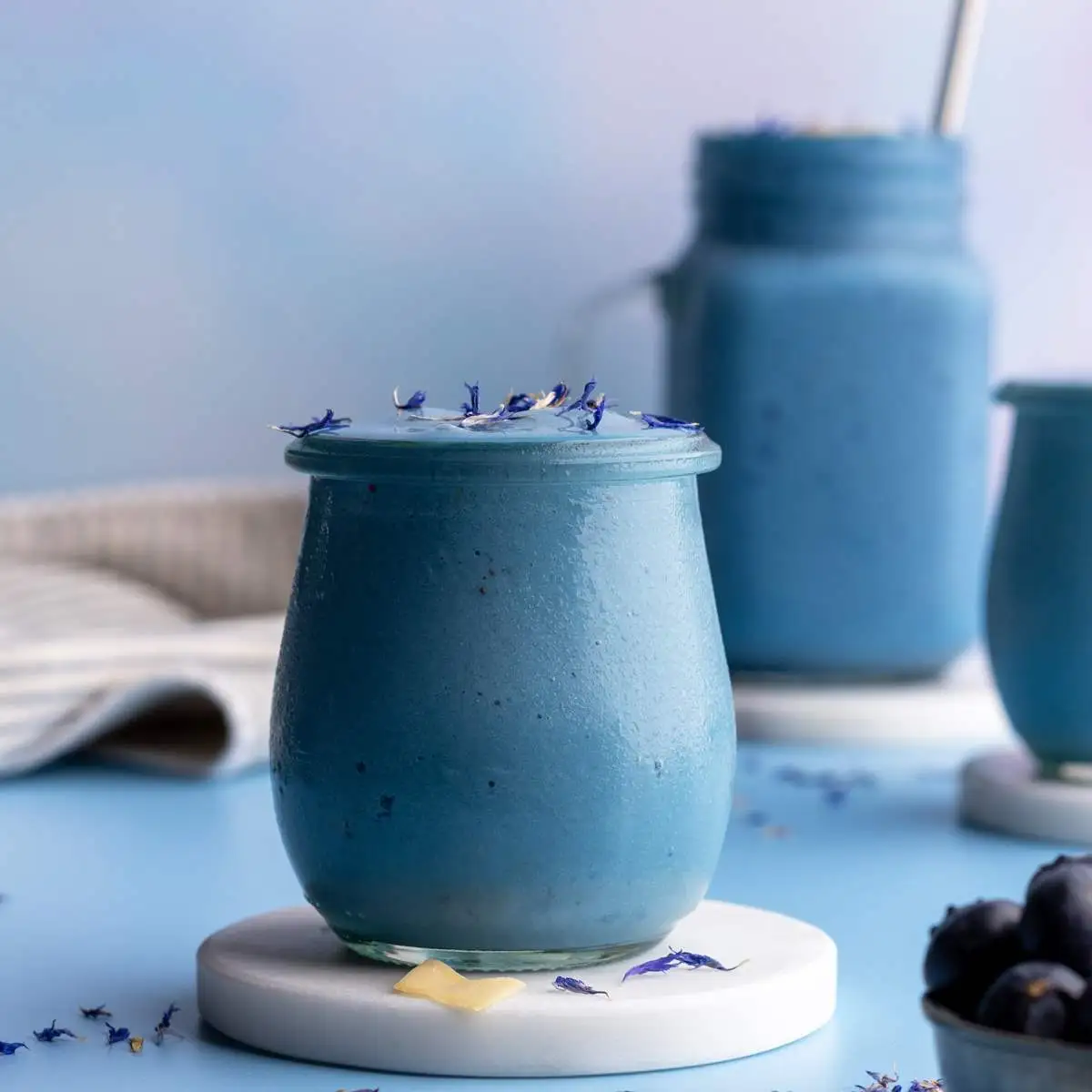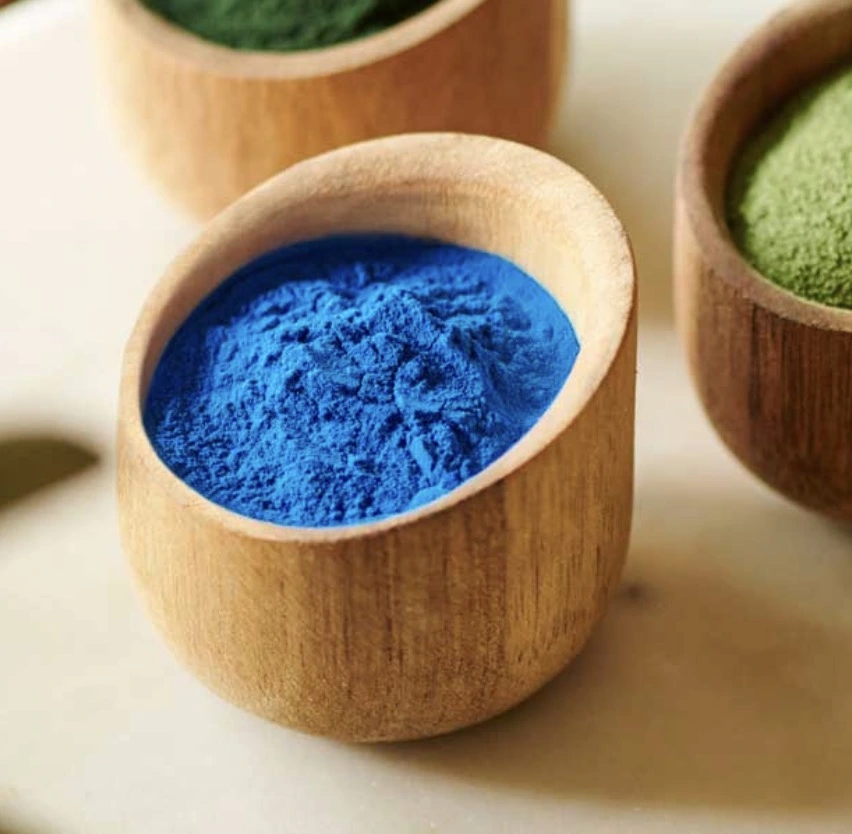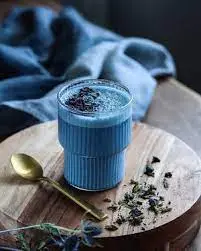Why Choose Purple Sweet Potato Red Pigment E163 for Natural Dye?
In recent years, there has been a growing demand for natural food colorants as consumers become more health-conscious and seek alternatives to synthetic dyes. Among the various natural options available, Purple Sweet Potato Red Pigment E163 has emerged as a promising choice for manufacturers looking to create vibrant, eye-catching products without compromising on safety or quality. This article explores the numerous benefits of using Purple Sweet Potato Red Pigment E163, its advantages over synthetic dyes, and its diverse applications in the food and cosmetic industries.

Benefits of Using Purple Sweet Potato Red Pigment E163
Purple Sweet Potato Red Pigment E163, derived from the anthocyanin-rich purple sweet potato, offers a myriad of advantages that make it an attractive option for natural coloring:
Rich, Vibrant Color
The deep purple-red hue of E163 provides an intense and appealing color to various products. Its versatility allows for a range of shades from light pink to deep purple, depending on the concentration and pH of the application. This natural pigment can create visually striking products that capture consumer attention on store shelves.
Stability and Durability
Compared to other natural colorants, Purple Sweet Potato Red Pigment E163 exhibits remarkable stability across a wide range of pH levels and temperatures. This stability ensures that the color remains consistent throughout the product's shelf life, maintaining its visual appeal even under challenging conditions.
Health Benefits
Beyond its coloring properties, E163 contains high levels of anthocyanins, which are powerful antioxidants. These compounds have been associated with numerous health benefits, including reduced inflammation, improved heart health, and potential cancer-fighting properties. By incorporating E163 into their products, manufacturers can offer added nutritional value to health-conscious consumers.
Clean Label Appeal
As the clean label trend continues to gain momentum, Purple Sweet Potato Red Pigment E163 aligns perfectly with consumer demands for natural, recognizable ingredients. Its plant-based origin and simple extraction process make it an ideal choice for brands looking to appeal to health-conscious and environmentally aware consumers.
Versatility in Applications
E163 can be used in a wide range of food and beverage products, as well as in cosmetics. Its water-solubility and compatibility with various formulations make it a versatile option for different applications, from dairy products to confectionery and personal care items.

How Purple Sweet Potato Red Pigment E163 Outperforms Synthetic Dyes?
When compared to synthetic dyes, Purple Sweet Potato Red Pigment E163 offers several distinct advantages:
Natural Origin
Unlike synthetic dyes, which are often derived from petroleum-based sources, E163 is extracted from purple sweet potatoes. This natural origin resonates with consumers who are increasingly seeking products with clean, natural ingredients.
Safety Profile
Synthetic dyes have faced scrutiny due to potential health concerns and allergic reactions in some individuals. In contrast, Purple Sweet Potato Red Pigment E163 has a strong safety profile, with no known adverse effects when used as directed. This makes it an excellent choice for manufacturers looking to create products suitable for a wide range of consumers, including those with sensitivities to artificial colorants.
Regulatory Compliance
E163 is approved for use in many countries worldwide, including the European Union, where it is listed as a natural food coloring additive. This widespread regulatory acceptance simplifies the product development process for manufacturers targeting global markets.
Environmental Sustainability
The production of Purple Sweet Potato Red Pigment E163 has a lower environmental impact compared to synthetic dyes. The cultivation of purple sweet potatoes requires fewer chemical inputs and can be done sustainably, aligning with eco-conscious consumer preferences.
Enhanced Nutritional Profile
Unlike synthetic dyes that offer no nutritional benefits, E163 contributes to the overall nutritional value of products due to its antioxidant content. This dual functionality as both a colorant and a potential health-promoting ingredient sets it apart from artificial alternatives.

Top Applications of Purple Sweet Potato Red Pigment E163 in Food and Cosmetics
The versatility of Purple Sweet Potato Red Pigment E163 makes it suitable for a wide range of applications across the food, beverage, and cosmetic industries:
Food Industry Applications
- Dairy Products: E163 can be used to create visually appealing yogurts, ice creams, and flavored milk drinks without compromising taste or texture.
- Confectionery: Candies, gummies, and other sweet treats can benefit from the natural purple-red hue of E163, offering an alternative to artificial colorants.
- Baked Goods: From cakes to pastries, E163 can add a natural purple tint to various baked products, enhancing their visual appeal.
- Beverages: Fruit juices, smoothies, and functional drinks can incorporate E163 for both color and potential health benefits.
- Snack Foods: Chips, crackers, and other savory snacks can use E163 to create unique, eye-catching colors.
Cosmetic Industry Applications
- Lipsticks and Lip Glosses: E163 can provide natural, long-lasting color for lip products.
- Blushes and Eyeshadows: The pigment can be used to create a range of purple and red shades in powder and cream formulations.
- Hair Dyes: Natural hair coloring products can incorporate E163 for vibrant purple and red tones.
- Skincare Products: The antioxidant properties of E163 make it a valuable ingredient in anti-aging and protective skincare formulations.
Innovative Product Development
The unique properties of Purple Sweet Potato Red Pigment E163 open up possibilities for innovative product development. Manufacturers can explore new color combinations, create color-changing products based on pH, or develop functional foods that capitalize on both the visual appeal and potential health benefits of E163.

Conclusion
Purple Sweet Potato Red Pigment E163 offers a compelling natural alternative to synthetic dyes, combining vibrant color with potential health benefits and consumer appeal. Its stability, versatility, and clean label status make it an excellent choice for manufacturers looking to meet the growing demand for natural, high-quality products. As the market for natural colorants continues to expand, E163 is poised to play a significant role in shaping the future of food and cosmetic coloration.
For more information on Purple Sweet Potato Red Pigment E163 and other natural plant extracts, please contact us at info@yanggebiotech.com. Our team of experts is ready to assist you in developing innovative, naturally colored products that meet your specific needs and exceed consumer expectations.
References
1. Smith, J. A., & Johnson, B. C. (2022). Natural Food Colorants: Trends and Applications in the Food Industry. Journal of Food Science and Technology, 58(4), 789-801.
2. Lee, Y. M., et al. (2021). Anthocyanins from Purple Sweet Potato: Extraction, Characterization, and Potential Health Benefits. Nutrients, 13(6), 1875.
3. Wang, L., & Liu, Y. (2020). Stability and Color Properties of Purple Sweet Potato Anthocyanins in Different Food Systems. Food Chemistry, 315, 126231.
4. Rodriguez-Amaya, D. B. (2019). Natural food pigments and colorants. Current Opinion in Food Science, 7, 20-26.
5. Chen, X., et al. (2018). Purple sweet potato color attenuates domoic acid-induced cognitive deficits by promoting estrogen receptor-α-mediated mitochondrial biogenesis signaling in mice. Free Radical Biology and Medicine, 126, 264-277.

Based on your location and order quantity, you will have the opportunity to receive a limited time free shipping promotion!

Who we are


